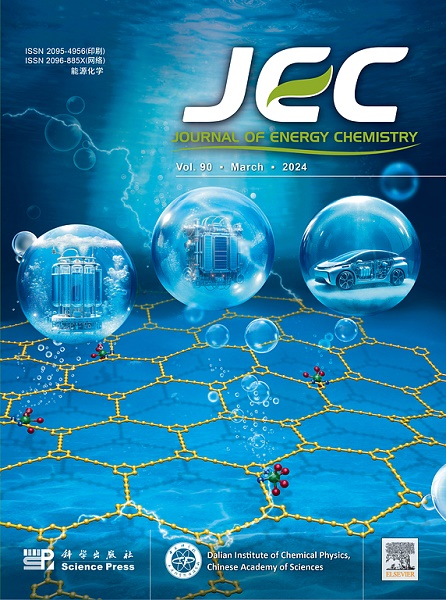Harvesting sustainable osmotic energy: the art of nanofluidic hydrogel membranes
IF 13.1
1区 化学
Q1 Energy
引用次数: 0
Abstract
Nanofluidic hydrogel membranes have shown great potential for osmotic energy harvesting (OEH) due to their unique properties. These membranes are made of hydrogels that contain embedded nanofluidic channels, which provide high selectivity for ions and molecules, making them ideal for osmotic processes. This review explores how to harness the osmotic pressure difference between two solutions separated by the membrane to generate sustainable energy. The review compares the materials membranes and the key advantages of nanofluidic hydrogel membranes: flexibility and ion-transport properties for high power density for OEH. It highlights the size and distribution of the nanofluidic channels within the hydrogel matrix that can be adjusted to optimize ion transport and energy generation efficiency. This flexibility enables customization based on specific requirements for osmotic energy harvesting. This review discusses advancing the transition to sustainable energy sources, challenges, and prospectus for developing and using nanofluidic hydrogel membranes, which hold significant potential for enhancing energy and environmental sustainability.

求助全文
约1分钟内获得全文
求助全文
来源期刊

Journal of Energy Chemistry
CHEMISTRY, APPLIED-CHEMISTRY, PHYSICAL
CiteScore
19.10
自引率
8.40%
发文量
3631
审稿时长
15 days
期刊介绍:
The Journal of Energy Chemistry, the official publication of Science Press and the Dalian Institute of Chemical Physics, Chinese Academy of Sciences, serves as a platform for reporting creative research and innovative applications in energy chemistry. It mainly reports on creative researches and innovative applications of chemical conversions of fossil energy, carbon dioxide, electrochemical energy and hydrogen energy, as well as the conversions of biomass and solar energy related with chemical issues to promote academic exchanges in the field of energy chemistry and to accelerate the exploration, research and development of energy science and technologies.
This journal focuses on original research papers covering various topics within energy chemistry worldwide, including:
Optimized utilization of fossil energy
Hydrogen energy
Conversion and storage of electrochemical energy
Capture, storage, and chemical conversion of carbon dioxide
Materials and nanotechnologies for energy conversion and storage
Chemistry in biomass conversion
Chemistry in the utilization of solar energy
 求助内容:
求助内容: 应助结果提醒方式:
应助结果提醒方式:


